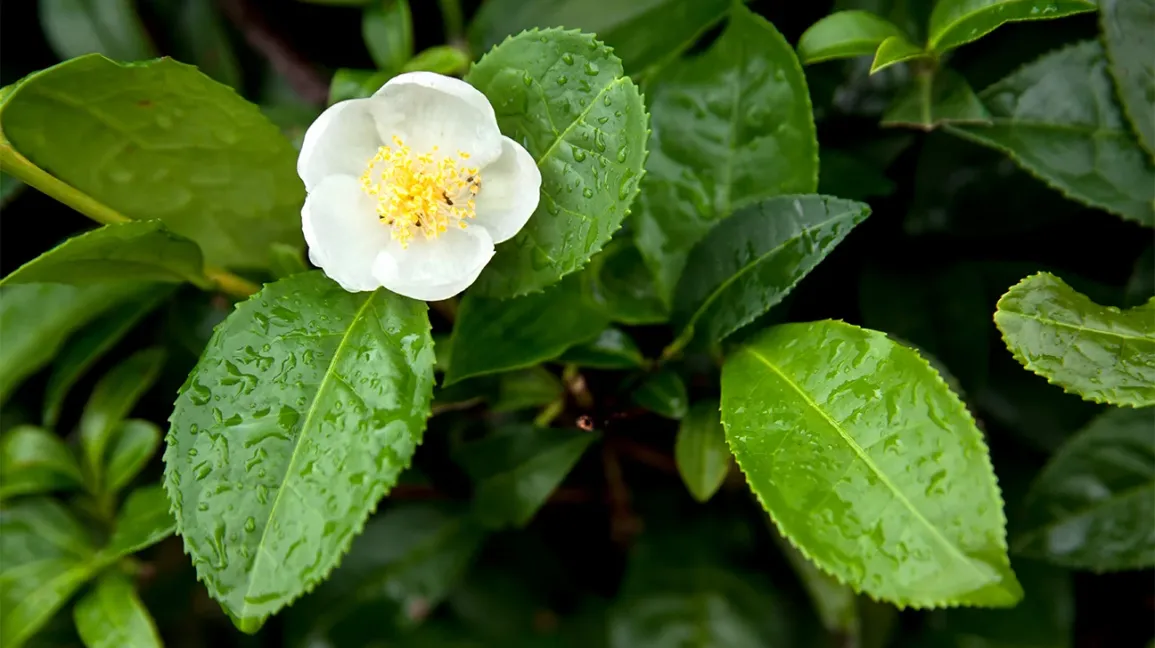Human skin, composed of the epidermis, dermis, smooth muscle, and adipose tissue, acts as a crucial barrier protecting against pathogens and regulating body temperature. However, skin undergoes significant changes with age, including a decrease in keratinocyte synthesis in the epidermis, increasing sensitivity to UV radiation, and a reduction in collagen production by fibroblasts in the dermis, which impairs the skin barrier function. These alterations are primary drivers of skin aging. A key characteristic of skin aging is the functional deterioration of cellular organelles, particularly mitochondria. Aged skin exhibits structural changes in mitochondria, leading to the accumulation of enlarged, defective mitochondria. These defective mitochondria leak electrons from the electron transport chain (ETC), generating reactive oxygen species (ROS) like superoxide anion and hydroxyl radical. This increased ROS production and subsequent oxidative stress lead to damage like lipid peroxidation, protein oxidation, and collagen/elastin breakdown, further weakening the skin barrier and accelerating skin aging. Consequently, reducing mitochondrial ROS production is considered an important strategy for alleviating skin aging. While senotherapeutics, including senolytics that selectively remove senescent cells, are emerging approaches for treating aging, effective methods, particularly those targeting mitochondrial ROS for skin aging, have not been clearly identified. This study investigated Camellia sinensis (C. sinensis), a plant with traditional medicinal and cosmetic uses known for potential skin benefits, as a substance that could potentially reduce mitochondrial ROS levels and ameliorate skin aging.
Methods
The study evaluated Camellia sinensis extract and its components using senescent human dermal fibroblasts and artificial skin models. Senescence-associated phenotypes like mitochondrial ROS levels (using DHR123), mitochondrial mass (using MitoTracker™), and lipofuscin (autofluorescence) were measured. The selective killing effect on senescent versus young fibroblasts was assessed by measuring cell proliferation and apoptosis rate. Mitochondrial function was evaluated by measuring OXPHOS efficiency (Oxygen Consumption Rate) and mitochondrial membrane potential (MMP). Effects on skin aging indicators included assessing collagen type III and IV expression, endo180 expression (collagen remodeling), and cell-induced collagen contractility. Skin barrier function was investigated by measuring calpain 1, laminin 5, and collagen type XVII expression in stimulated keratinocytes and epidermal cells. Key components of C. sinensis extract were screened for their effects on mitochondrial ROS and lipofuscin. Finally, the effects of the extract and its active component were validated on ROS levels (DHE staining) and collagen synthesis (Masson’s trichrome staining) in UVA-induced aged artificial skin models.
Key Findings
•C. sinensis extract significantly reduced mitochondrial ROS levels in senescent fibroblasts. The optimal concentration tested was 10 µg/mL, and the optimal treatment time was 12 days.
•C. sinensis extract also significantly reduced other senescence-associated phenotypes in senescent fibroblasts, including mitochondrial mass and lipofuscin levels after 12 days of treatment.
•C. sinensis extract acts as a senolytic, significantly inhibiting the proliferation and increasing the apoptosis rate of senescent fibroblasts, while not affecting the proliferation of young fibroblasts.
•The extract decreased mitochondrial ROS production by enhancing OXPHOS efficiency, demonstrated by significantly increased oxygen consumption rates (ATP-coupled, maximal, and non-mitochondrial respiration).
•Enhanced OXPHOS efficiency by C. sinensis extract led to increased mitochondrial ATP production and significantly increased mitochondrial membrane potential (MMP), indicating mitochondrial functional recovery.
•C. sinensis extract improved skin aging by enhancing collagen synthesis and remodeling. It significantly upregulated collagen type III and IV expression and restored UVA-induced decreased endo180 expression. It also significantly enhanced cell-induced collagen contractility.
•The extract helped restore the skin barrier function. It significantly recovered decreased calpain 1 expression caused by IL-17A, suggesting inhibition of skin inflammation. It also restored the decrease in laminin 5 and collagen type XVII expression caused by UVB irradiation, suggesting enhanced stability and recovery of the dermal–epidermal junction (DEJ) function.
•Epigallocatechin gallate (EGCG) was identified as the active ingredient in C. sinensis extract responsible for its antioxidant and anti-aging properties. At 10 µM, EGCG was more effective than C. sinensis extract (10 µg/mL) in reducing mitochondrial ROS and autofluorescence in senescent fibroblasts.
•Similar to the extract, EGCG selectively inhibited the proliferation of senescent fibroblasts without affecting young fibroblasts and significantly increased MMP in senescent fibroblasts, indicating mitochondrial functional restoration.
•In an artificial skin model, both C. sinensis extract and EGCG reversed skin aging. They significantly reduced ROS levels and significantly restored collagen content decreased by UVA irradiation.
This study reveals a novel mechanism by which Camellia sinensis extract ameliorates skin aging. It functions as a senolytic, selectively removing senescent fibroblasts containing dysfunctional mitochondria through apoptosis. Additionally, it enhances the efficiency of oxidative phosphorylation (OXPHOS) in mitochondria, which leads to more efficient electron transport, thereby reducing mitochondrial ROS production. This dual mechanism involving selective senescent cell death and improved mitochondrial function results in the recovery of mitochondrial function, restoration of skin aging, and improvement of the skin barrier. Furthermore, the research identifies epigallocatechin gallate (EGCG) as the key active ingredient responsible for these beneficial effects. EGCG demonstrated similar anti-aging properties to the full extract, including reducing ROS and improving skin aging phenotypes in an artificial skin model. These findings suggest that C. sinensis extract or EGCG could potentially be utilized as therapeutic agents in clinical and cosmetic applications for reversing skin aging and improving the skin barrier. However, further research is necessary, including optimization of concentration for cosmetic use, evaluation of skin penetration, and investigation of potential interactions with other cosmetic ingredients to ensure safety and efficacy.
Link to the study: https://www.mdpi.com/1424-8247/18/5/612


